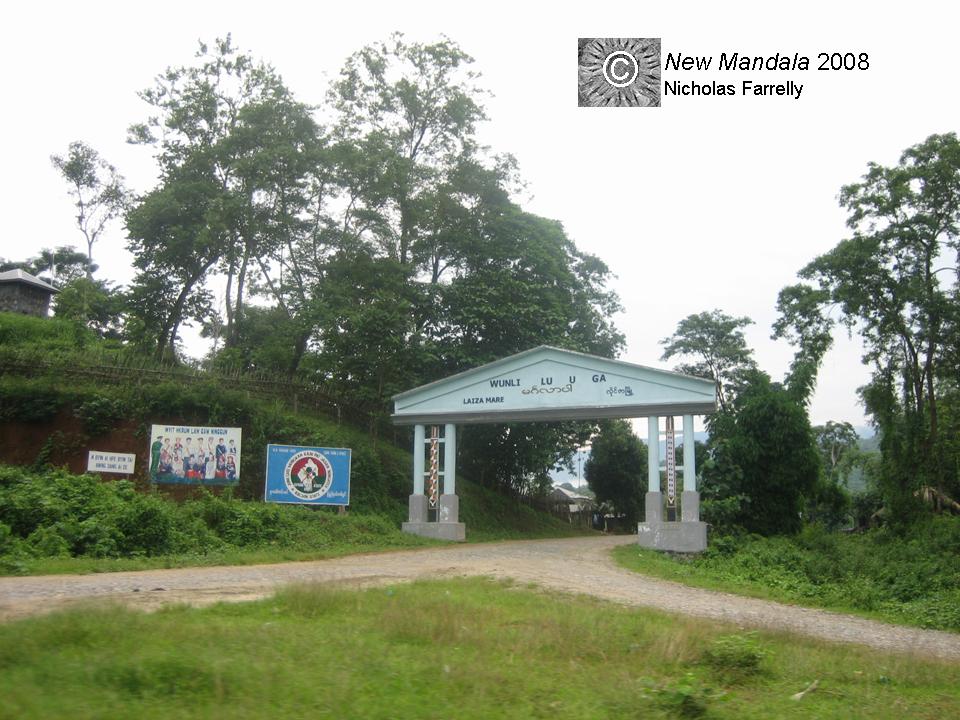This post is in response to yesterday’s interrogation of the numbers related to combat losses in the ongoing war between the Kachin Independence Army and Burmese government forces.
There seems little doubt that the growing conflict between the Kachins and the Tatmadaw (Burmese Army) in northern Burma has included some bitter fighting, and that casualties are mounting. I am disinclined, however, to believe the published casualty figures, for several reasons.
- History has taught us that all statistics coming out of Burma since 1962 need to be treated very cautiously.
- The sources of the latest statistics need to be kept firmly in mind — they are not disinterested parties taking an objective view for the sake of the historical record.
- Battle casualties are always particularly sensitive, and in these kinds of conflicts (in which the politics is as important as any developments on the ground) they can rarely be taken at face value.
- There are a host of possible reasons for publishing such unlikely statistics. Propaganda serves many purposes — to gain a better negotiating position, to boost the morale of the home side, to undermine the morale of the opposing side, to cover up incompetence, to promote the reputations of particular commanders and units, etc, etc. All are possible in this case.
- The figures published to date are inherently unlikely. It would be quite remarkable if one side in such a conflict suffered so many killed, while the other side had none.
- Granted, the Tatmadaw may be attacking prepared defensive positions on the Kachin Independence Army’s (KIA) home ground (bearing in mind that we are talking about a guerrilla war) but, even so, the published losses on the Tatmadaw side are quite disproportionate.
- In any case, the extraordinarily high ratio of men killed to men wounded either suggests fabricated statistics, or something else – for example a policy of executing the wounded. Even in high intensity conflicts the wounded usually outnumber those killed.
- It is unlikely that the KIA has the means to count Tatmadaw casualties accurately. They may be able to inspect the battlefield after each attack and count those bodies left behind, but they could not take into account the wounded who were evacuated, or the bodies of any dead which were removed.
- Even if there was no conscious attempt by the KIA to inflate the Tatmadaw‘s casualties, the neat, round numbers provided suggest that they are estimates only.
- It is true that the Tatmadaw suffers a number of serious weaknesses. For example, it has many young officers without any combat experience, a large number of units are apparently under strength, and in many morale is reportedly low. But the Tatmadaw also has capable commanders and well-manned units, who could be formidable opponents. Bear in mind too that the KIA also has many young and inexperienced soldiers in its ranks.
- The Tatmadaw has a range of heavy weapons, and air power. It has the reputation of being profligate with its men, and of launching frontal assaults regardless of casualties. However, if it was facing the one-sided contest suggested by the statistics, then it beggars belief that it would not use these weapon systems to soften up KIA positions before any attack – something that would inevitably result in KIA casualties.
- There has long been a tendency for junior officers to hide bad news from their superiors, for fear of retribution. However, in the current circumstances it is highly unlikely that the generals in Northern Command or the Defence Ministry in Naypyidaw do not know what is happening in Kachin State.
- Inevitably, the conflict between the KIA and the Tatmadaw will be caught up in the high level political manouvering that appears to be taking place in Naypyidaw. Apart from other things, this will determine the government’s public position on the war with the KIA, and sensitive issues like casualties.
So, in summary, it would be prudent to take published statistics of casualties with a grain of salt. Neither side — KIA or Tatmadaw — has an interest in telling the truth about such matters, even if they were in a position to do so.
 Facebook
Facebook  Twitter
Twitter  Soundcloud
Soundcloud  Youtube
Youtube  Rss
Rss 